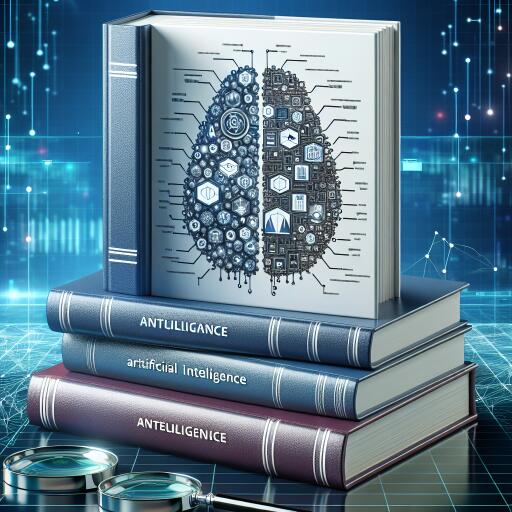3 Must-Read Books to Master AI Application Development
Developing AI applications requires a deep understanding of the underlying technologies, methodologies, and strategies that support large language models (LLMs). As artificial intelligence continues to revolutionize industries, having the right resources to guide your learning is crucial. This article highlights three influential books that offer valuable insights into the theoretical foundations, practical engineering, and deployment strategies for AI systems. Whether you are a researcher, engineer, or developer, these resources will help you navigate the complexities of AI development and implementation with confidence.
In this guide, Thu Vu recommends three standout books that simplify the complexities of building AI applications. Whether you’re a curious beginner, a hands-on engineer, or a seasoned developer, these books offer something for everyone—from foundational concepts to advanced deployment strategies. They not only teach you the “how” but also the “why,” enabling you to make informed decisions about your AI projects. Ready to demystify the process and gain the confidence to bring your ideas to life? Read on.
Sebastian Rasa’s Guide to Constructing Large Language Models
Sebastian Rasa’s book provides a detailed, step-by-step guide to building large language models, such as GPT-2, from the ground up. It is particularly suited for those who want to delve into the intricate mechanics of LLMs, including transformers, attention mechanisms, pre-training, and fine-tuning. The book emphasizes the importance of creating customized LLMs tailored to specific industries, such as finance or healthcare, where domain expertise and data privacy are paramount.
Key Features of Rasa’s Book:
- In-depth exploration of LLM architecture and mechanics
- Emphasis on customizing models for different industries
- Guidance on maintaining data privacy
By following this guide, you will gain the skills needed to design specialized LLMs that address unique challenges while maintaining control over sensitive data. This resource is ideal for professionals aiming to build AI systems that align with specific organizational goals and requirements.
Chipen’s Focus on Pre-trained Foundation Models
Chipen’s book shifts the focus from building models from scratch to using pre-trained foundation models for real-world applications. It introduces AI engineering as a distinct discipline, emphasizing the practical integration of existing models into functional systems. Key concepts such as scaling laws, prompt engineering, and retrieval-augmented generation are explored in depth, making this book particularly valuable for those looking to maximize the potential of pre-trained models without requiring extensive computational resources.
Key Takeaways from Chipen’s Book:
- Strategies for fine-tuning pre-trained models
- Techniques for integrating models into larger systems
- Ensuring adherence to ethical and technical standards
Whether you are fine-tuning a model for a specific task or embedding it into a larger system, this book equips you with the knowledge to build effective AI solutions. It also provides practical strategies for ensuring that your applications meet both technical and ethical standards, making it an essential resource for developers working in dynamic, real-world settings.
Paul Itin and Maxime Labonne’s Handbook on Operational Aspects
For those focused on the technical implementation and operational aspects of LLM-based applications, Paul Itin and Maxime Labonne’s handbook is an indispensable resource. This book provides a comprehensive overview of the entire lifecycle of AI development, covering critical stages such as data collection, fine-tuning, cloud deployment, and ongoing maintenance. It’s particularly valuable for engineers seeking to optimize and scale AI systems while addressing challenges like data privacy and operational efficiency.
Highlights of Itin and Labonne’s Book:
- Comprehensive lifecycle overview of AI development
- Focus on operational challenges and strategies
- Techniques for ensuring scalability and efficiency
The book’s focus on practical implementation makes it a valuable guide for engineers who want to streamline their workflows and ensure the long-term success of their AI systems. By addressing both technical and operational challenges, this resource enables readers to create robust, scalable solutions.
These three books collectively provide a comprehensive roadmap for mastering AI application development. From understanding the foundational theories behind large language models to implementing practical engineering solutions and deploying scalable systems, these resources cover every critical aspect of the process. Whether your goal is to build custom LLMs, use pre-trained models, or optimize operational workflows, these books offer the tools and knowledge you need to succeed.
By studying these works, you can deepen your expertise and develop AI systems that meet the demands of today’s complex challenges. With the insights gained from these resources, you will be well-equipped to create innovative, reliable, and ethically sound AI applications that drive meaningful impact across industries.










